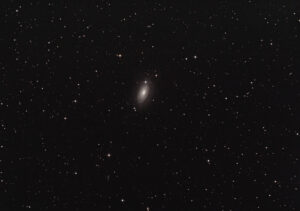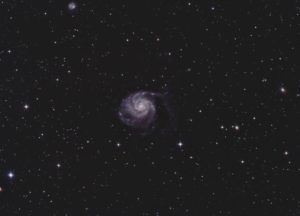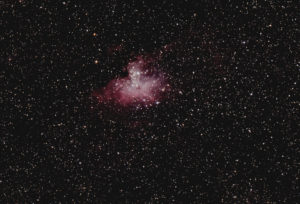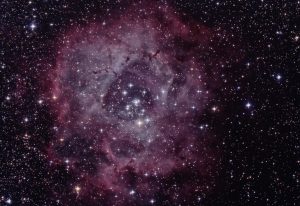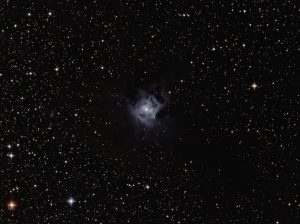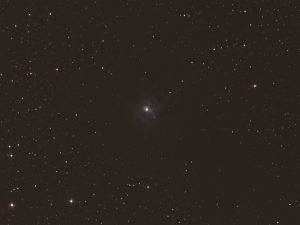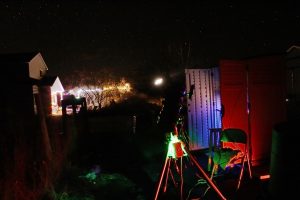April 13th was a good clear and dark sky which found the Sunflower Galaxy beckoning me. I had a good run with nice tracking that produced 35 select frames at 300 second each for nearly 3 hours of integration time.
“it appears to have an indeterminate number of spiral arms bound closely together, and is what’s known as a flocculent spiral galaxy.
In fact, the Sunflower Galaxy only really has two spiral arms, but they are wound tightly round and round the galactic core, giving the impression of numerous arms.
The galaxy’s tightly-wound arms and bright center are what give the Sunflower Galaxy its floral appearance.”
